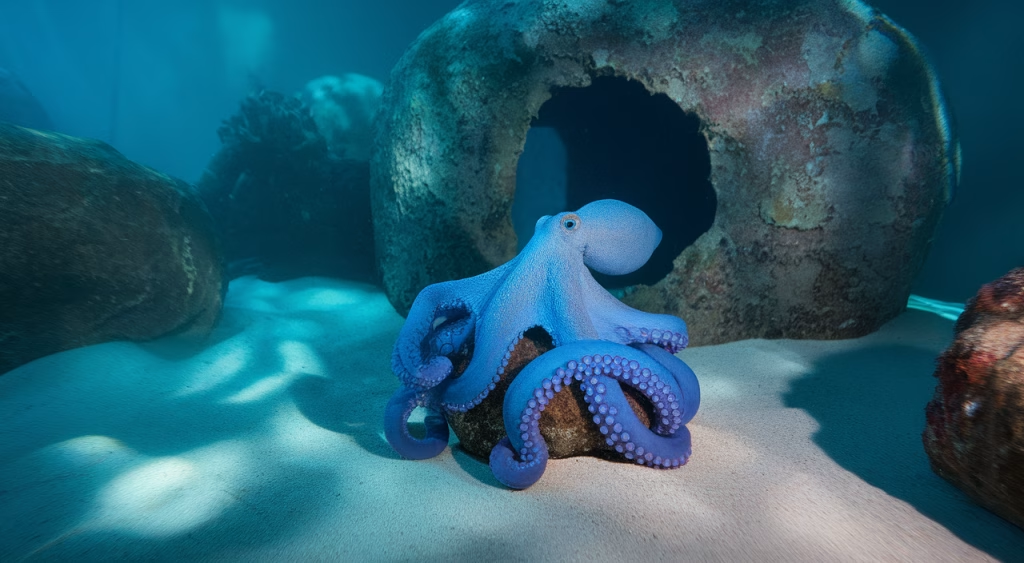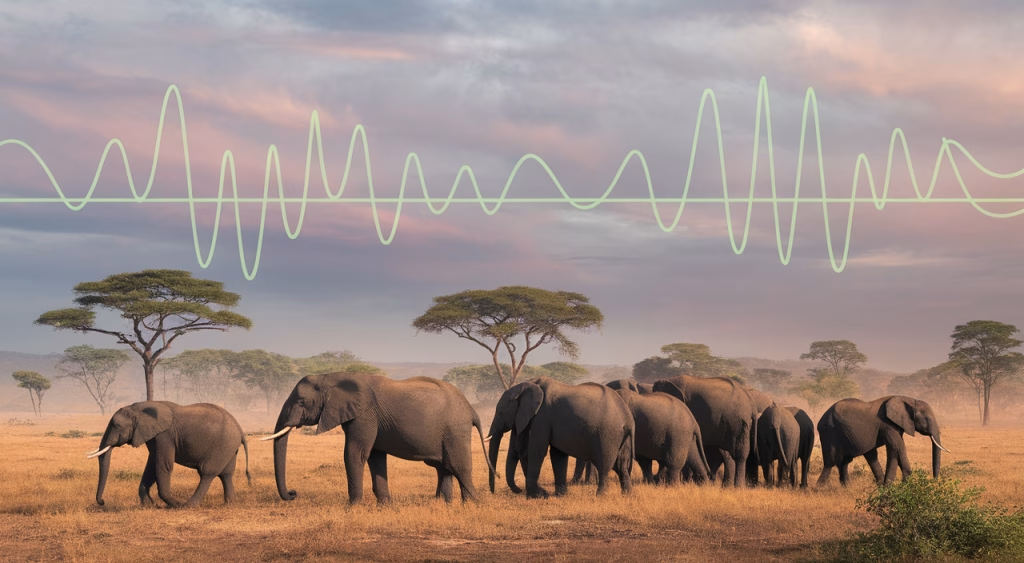10 Pets That Act Like Little Humans – Hilarious Animal Behaviors Explained
Discover the quirkiest and most relatable pets that act like little humans. From dogs changing the TV channel to fashion-diva pigs, explore how human-like pet behaviors reveal deeper animal psychology insights. Perfect for animal lovers looking to understand their pet’s funny antics, personality traits, and mimicry in a warm, engaging way. Learn why pets mimic human actions for attention, and what it says about your bond with them.





